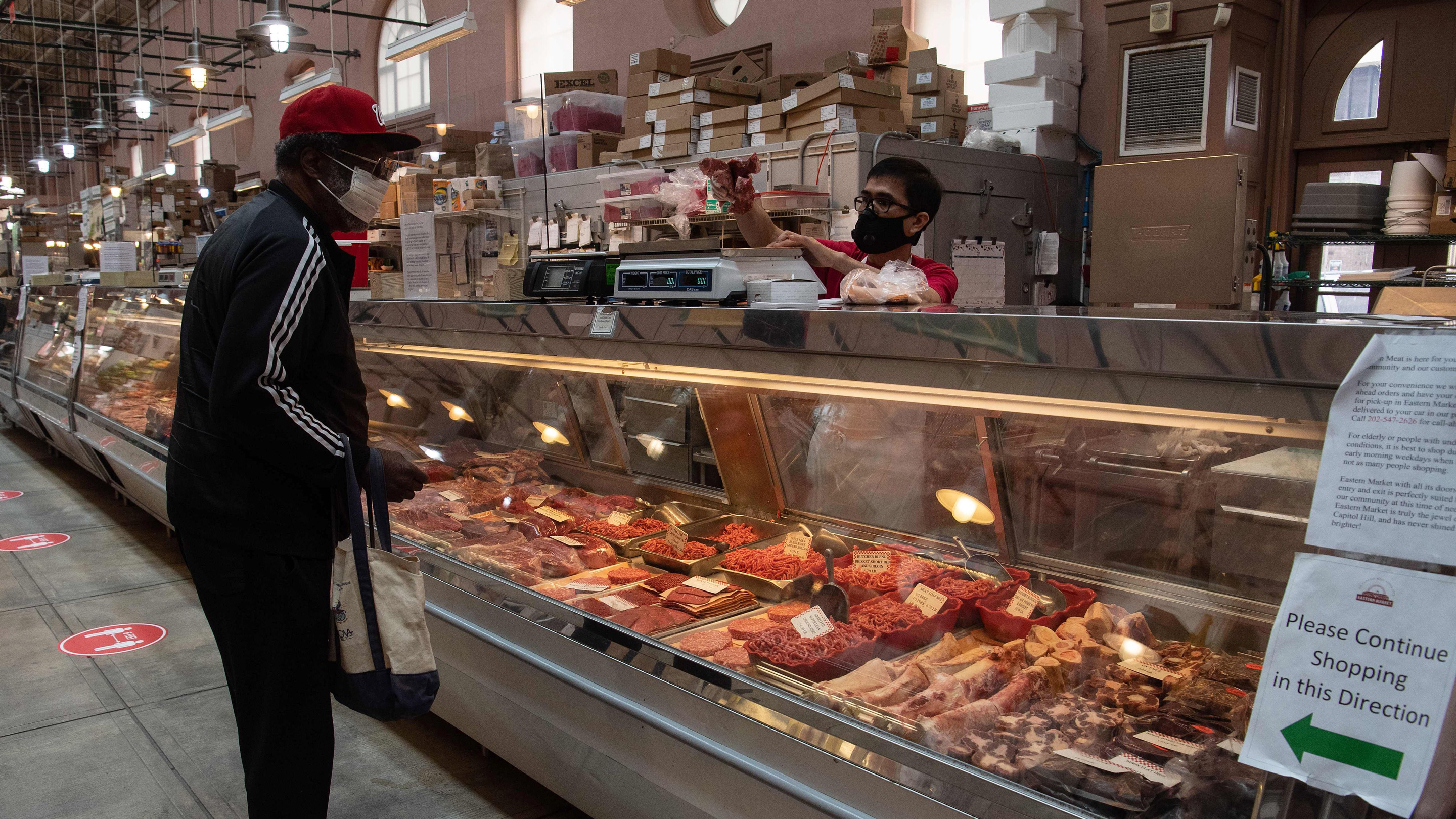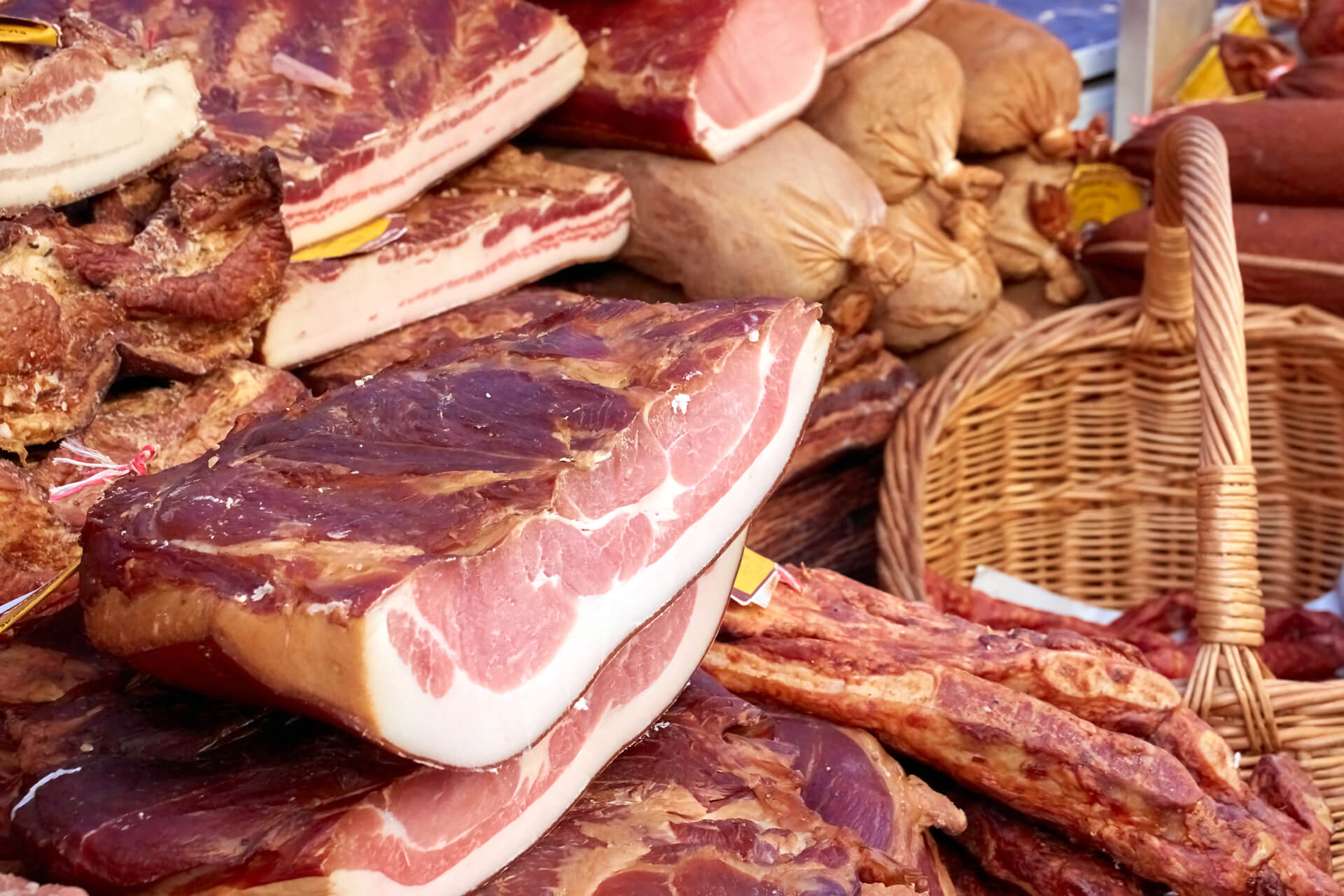Study Bagley Farms Meat Market: Quality and Top Quality Assured
Wiki Article
Your Comprehensive Source for Professional Tips on Browsing the Meat Market Scene and Making Informed Purchases
Browsing the globe of meat buying can commonly seem like a complicated labyrinth, with numerous cuts, qualities, and labels adding layers of complexity to the decision-making procedure. For those looking for to make enlightened choices and elevate their culinary experiences, comprehending the subtleties of the meat market scene is extremely important. From figuring out the difference in between prime and selection cuts to unraveling the mysteries behind various certifications, a riches of professional ideas waits for those ready to untangle the keys of the butcher's domain name. By understanding the art of picking fresh, top quality meat and finding out to involve properly with butchers, people can not just enhance the flavors on their plate however also make confident decisions that line up with their preferences and values.Recognizing Various Cuts and Grades
When it comes to buying meat, understanding the distinctions between various cuts and qualities is important for making informed options at the market. The cut of meat describes the particular muscular tissue group where the meat is sourced, while the grade is a top quality designation based upon elements like marbling, inflammation, and maturity of the pet. Prime grade meats have the highest degree of marbling, making them tender, juicy, and delicious, but they additionally tend to be a lot more expensive. Selection grade meats are somewhat leaner with much less marbling but still use good high quality for a lower cost factor. Select grade meats have the least marbling, making them leaner however possibly less tender. It is very important to consider the cooking approach when selecting a cut and grade of meat-- for instance, well-marbled cuts like ribeye are fantastic for barbecuing, while leaner cuts like sirloin might be better fit for toasting or braising. By understanding the differences in between cuts and qualities, consumers can make even more enlightened decisions when purchasing meat.Choosing Quality and fresh Meat
To make certain optimum preference and safety and security in your dishes, it is critical to thoroughly select fresh and quality meat when shopping at the market. When choosing fresh meat, look for cuts that have a vibrant shade, company appearance, and are damp however not slimy. The shade of the meat must be certain to the type you are buying; for instance, beef should have a bright red tone, while pork needs to be extra pinkish. Prevent meat with any type of off-smells, discoloration, or excessive fluid in the product packaging, as these can be signs of spoilage.Inspecting for appropriate labeling, such as USDA grades or qualifications, can better guarantee you of the meat's top quality and safety. By being alert in your option process, you can delight in scrumptious and safe dishes made from fresh, high-quality meat.
Decoding Labels and Certifications
Comprehending the labels and qualifications on meat items is vital for making informed decisions regarding the top quality and beginning of the meat you purchase. When navigating the meat market scene, it is essential to seek tags such as "USDA Qualified Organic," which indicates that the meat was produced complying with stringent organic requirements without using artificial chemicals, anti-biotics, or hormonal agents. Another key label to look for is "Grass-Fed," which implies the animals were fed a diet plan mostly containing lawn or forage. This tag commonly shows a leaner item with greater levels of omega-3 fatty acids.

Accreditations like "Animal Well-being Authorized" or "Certified Humane" indicate that the animals were raised in gentle conditions, with accessibility to outside spaces and honest treatment. On the various other hand, "Non-GMO Job Verified" shows that the meat originates from animals that were not fed genetically customized organisms. By recognizing these accreditations and tags, consumers can make even more sustainable and moral options when acquiring meat products.
Involving With Butchers for Assistance
Making educated choices concerning the meat you purchase can be better improved by looking for guidance from knowledgeable butchers who possess beneficial understanding concerning different cuts, high quality, and sourcing techniques. Butchers are proficient professionals who can give insights into the most effective cuts of meat for specific meals, advise alternative options based upon availability or budget plan, and deal suggestions on proper handling and storage space to make the most of quality and taste.Involving with butchers allows clients to ask concerns concerning the resource of the meat, consisting of whether it is locally sourced, organic, grass-fed, or sustainably increased. By cultivating a partnership with a trusted butcher, consumers can acquire a much deeper understanding of the meat they acquire, making certain that it aligns with their values and preferences.
Additionally, butchers can share cooking tips, recipe pointers, and also butcher unique cuts to meet look at this site individual preferences. Their competence expands past simply marketing meat; they can aid in dish preparation, part sizing, and supply referrals on corresponding active ingredients to develop scrumptious and well-shaped dishes - Bagley Farms Meat Market. By leveraging the expertise and experience of butchers, customers can make even more educated decisions when navigating the meat market scene

Maximizing Worth and Budgeting
When taking into consideration maximizing worth and budgeting in the meat market, it is necessary to analyze the expense per serving and explore economical cuts that still supply wonderful taste and high quality. By understanding the price per offering, consumers can make educated choices regarding which cuts of meat offer the best worth for their budget plan. One way to maximize worth is to buy larger cuts of meat and section them in your home, conserving cash compared to pre-cut alternatives. Furthermore, opting for much less popular cuts, such as chuck or sirloin, can supply considerable savings without endangering on taste or inflammation when prepared content properly.An additional strategy for budget-conscious buyers is to make the most of sales, discount rates, or mass buying choices. Buying in bulk and cold sections for later use can help in reducing overall expenses per offering. It is also useful to construct a relationship with regional butchers or meat suppliers, as they might offer special offers or discount rates to dedicated customers. By bearing in mind expense, discovering alternative cuts, and leveraging discounts, consumers can stretch their meat budget plan without giving up top quality.
Final Thought
To conclude, comprehending the different cuts and qualities of meat, choosing fresh and high quality products, decoding labels and certifications, seeking guidance from butchers, and maximizing value and budgeting are essential actions for browsing the meat market scene and making enlightened acquisitions. Bagley Farms Meat Market. By complying with these expert tips, customers can make educated choices when buying meat and ensure they are obtaining the ideal worth for their moneyWhen it comes to purchasing meat, recognizing the hop over to these guys distinctions between various cuts and qualities is necessary for making notified choices at the market. The cut of meat refers to the specific muscular tissue team from which the meat is sourced, while the grade is a top quality classification based on elements like marbling, tenderness, and maturation of the animal. It's important to take into consideration the cooking method when picking a cut and grade of meat-- for instance, well-marbled cuts like ribeye are excellent for grilling, while leaner cuts like sirloin might be much better suited for toasting or braising.Understanding the tags and accreditations on meat items is crucial for making informed choices about the top quality and origin of the meat you acquire. When navigating the meat market scene, it's vital to look for labels such as "USDA Qualified Organic," which suggests that the meat was generated complying with rigorous organic criteria without the use of artificial pesticides, anti-biotics, or hormones.
Report this wiki page